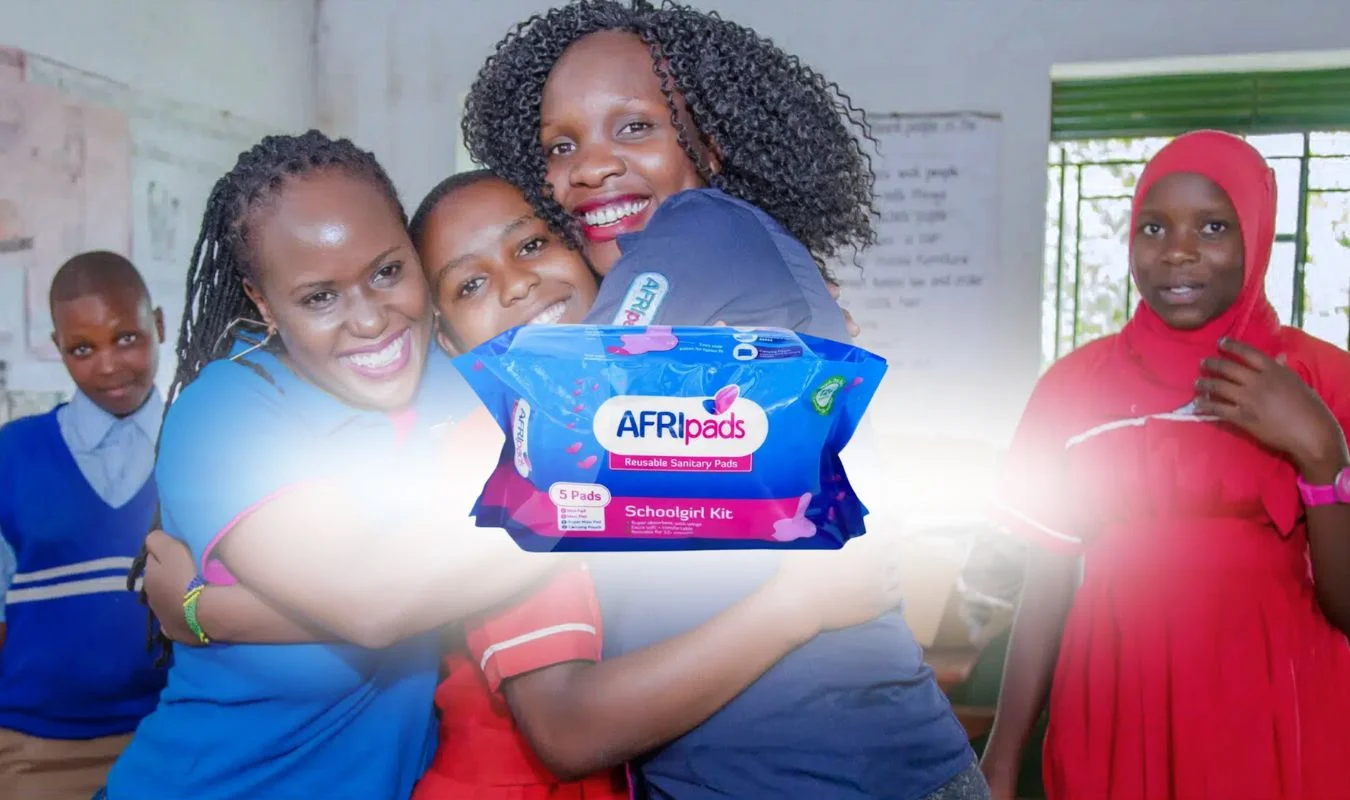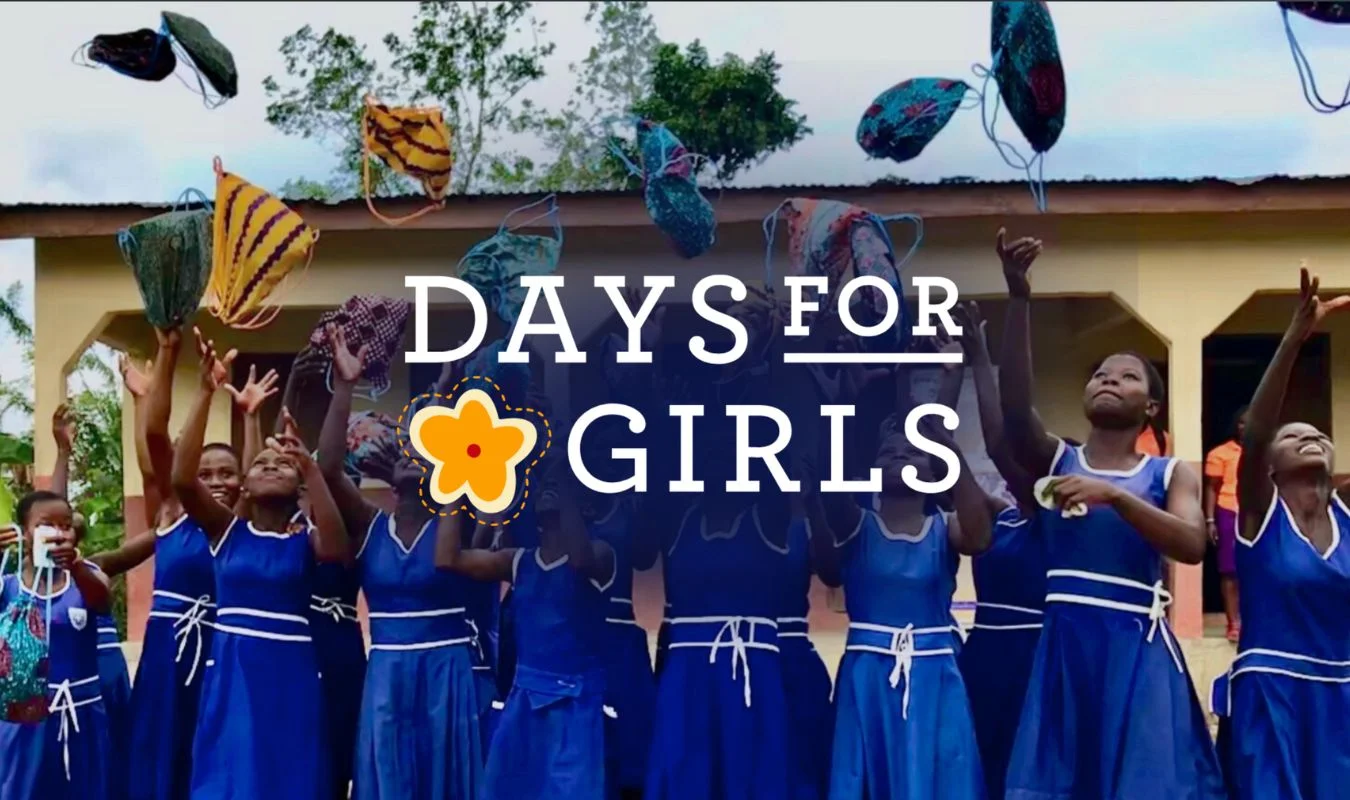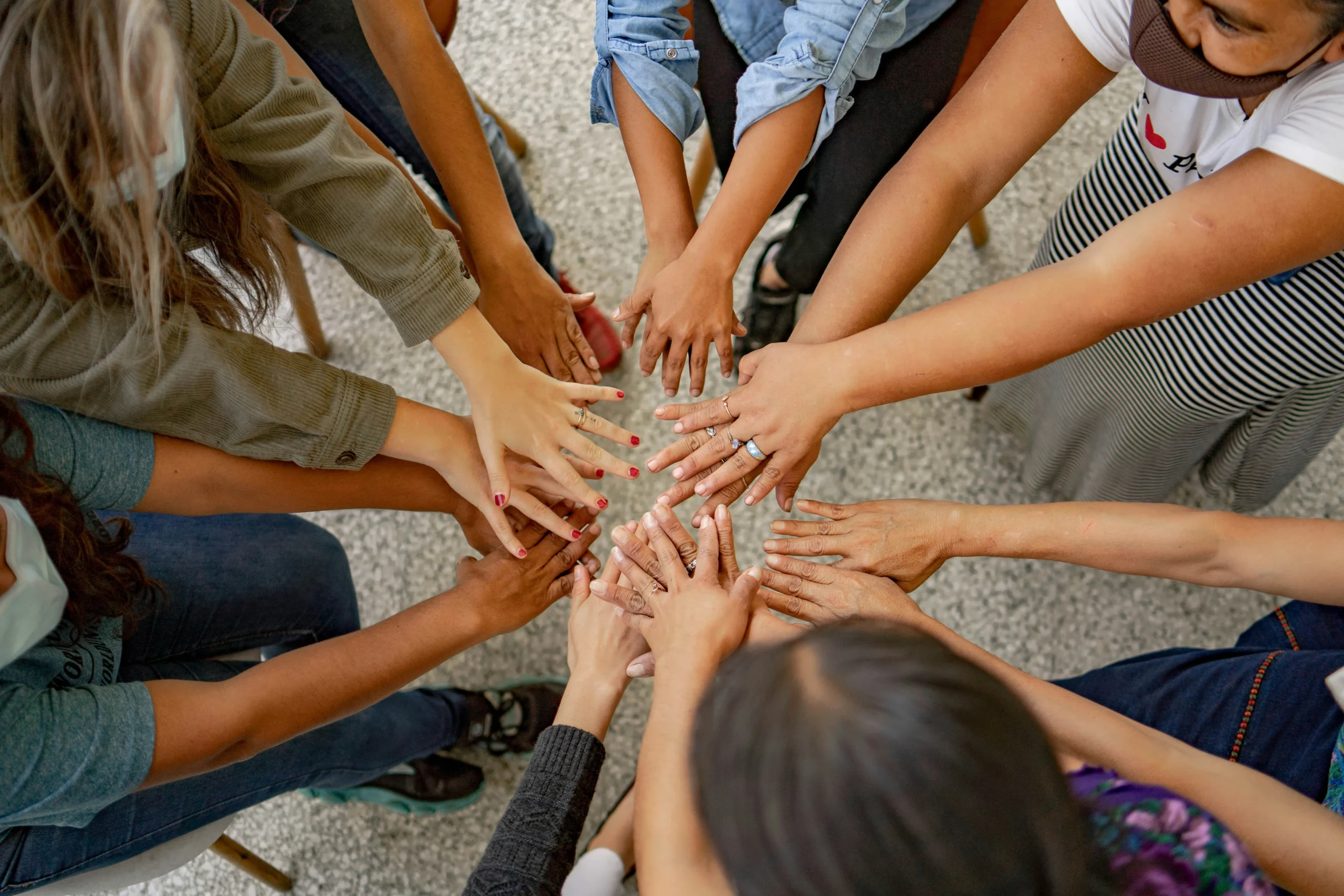By Annastaciah Ojeba
Water purification tablets and boiling water are two common methods used to treat water and make it safe for consumption.
The World Health Organization (WHO) considers the process of heating water to a rolling boil sufficient to inactivate pathogenic bacteria, viruses, and protozoa. According to the Centers for Disease Control and Prevention (CDC), water temperatures ranging from 130 to 140 degrees Fahrenheit(°F) can eliminate most of the harmful bacteria. These results from WHO and the CDC show that boiling water is an effective method. But, how effective is it? Is it enough by itself? Which alternative is best: water purification tablets or boiling?
When Do We Need to Treat Our Water?
It is important to know the quality of water you consume in all situations. Untreated water can contain a variety of bacteria, viruses, and more; drinking these pathogens can lead to severe illness.
So how do we know when our water needs treating?
The first thing to look out for in your water is discoloration. Clean water is supposed to be colorless and clear; if your water is murky or brown, then you need to treat it.
Another thing to look out for is the taste of the water. If your water tastes metallic, sulfuric, or just “off,” then you need to get it treated. Sometimes the plumbing system can affect the taste of your water, especially if it was made of PVC or PEX.
People who reserve rainwater especially need to treat not only the water but the reservoir as well. This is because the water stays for a long time in reservoirs and might be contaminated with bacteria and algae.
In some cases, water might not be colored but have visible debris and particles. In these instances, water should also be treated to remove those particles.
Boiling Water
People have been boiling water for centuries. It is one of the most well-known methods of water treatment, and it’s typically cheap and straightforward.

The steps for boiling water are straightforward: Let your water reach a rolling boil, allow it to sit till it cools (do not use ice as the ice cube might be contaminated), then store in a distilled container.
Although boiling water is an effective water treatment method, it is not recommended to use it by itself. If boiling is your preferred method of treating water, it’s encouraged to use another treatment solution in tandem to make sure water is truly safe to drink.
Why is Just Boiling Not Recommended?
The number one reason is that boiling water alone has a tendency to be contaminated again, especially during the cooling process.
Another major setback of boiling water is that it demands specific time to ensure its success. This can pose a problem for people who need treated water on the go. Additionally, in times of emergency, it might be difficult to find and make use of the supplies necessary to boil water.
What are water purification tablets?
These are tablets that are placed in water to neutralize viruses, bacteria, protozoa, and many other contaminants. Purification tablets typically contain chemicals like chlorine dioxide that kill bacteria, viruses, and other pathogens in the water. Specific examples of purification tablets are Aquatabs and MadiDrop.
Aquatabs

Aquatabs are effective tablets that come in various sizes to fit specific needs. The 8.68g tablet can purify 1000 – 1250 liters of clear water, making it perfect for large-scale applications. Aquatabs also come in 397 mg, 49 mg and more to fit various water needs. These tablets are effective both for everyday use and places without constant water supply.
MadiDrop

The MadiDrop Water Purifier is an engineered ceramic tablet embedded with silver that releases silver ions constantly to neutralize pathogens in water. Unlike other water disinfection tablets, it is an all-natural (no harsh chemicals) tablet. Because of the 8-hour wait-time, placing it in water overnight is a great way to make sure you have clean water ready in the morning.
Water purification tablets are convenient, lightweight, and easy to use, making them ideal for situations where emergency compact water treatment is needed and boiling water is not feasible.
Water purification tablets vs boiling water
It is important to weigh all your options when it comes to choosing your water treatment. When choosing between water purification tablets and boiling water, each has its own unique applications. Both can neutralize viruses and bacteria, but their effectiveness varies drastically.
Unless you have boiled water stored in a distilled bottle, it is not a suitable long-term solution for treating water. This is especially true for hikers and tourists, as it can be cumbersome to carry equipment used for boiling water on tough terrain.
The process of treating water through boiling is mainly effective for household use and sometimes for campers (though if there is rainfall and no opportunity to start a fire, you cannot boil water). Boiling water also requires a heat source and time, which may not always be available in certain situations.
Instead, purification tablets are particularly effective because one tablet has the capacity to treat large quantities of water. Aquatabs only take 30 minutes to purify water and this makes them ideal for travelers, tourists, campers, and others who need emergency water treatment. MadiDrop is also portable, durable, and extremely effective.
All in all, if you’re looking for powerful, adaptable water treatment that you can trust every time, we say that water purification tablets come out on top. These tablets are one of the best water treatment methods because of their portability, convenience and effectiveness.
Keep Your Water Safe
No matter what method you choose, clean drinking water is an essential part of life. At Business Connect, we believe in the power that safe water has in changing entire communities. We’re committed to providing affordable and effective WASH solutions so that more people have access to the water they need.
We offer a wide variety of water treatment products so that you can choose the solution that works best for you – discover Aquatabs, Madidrop, and more here.




